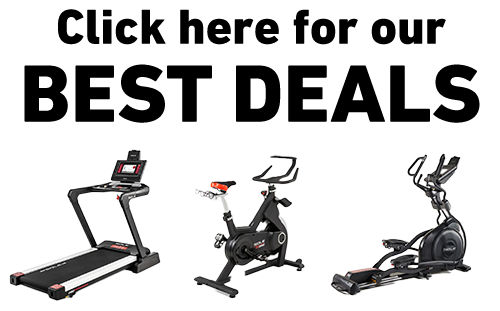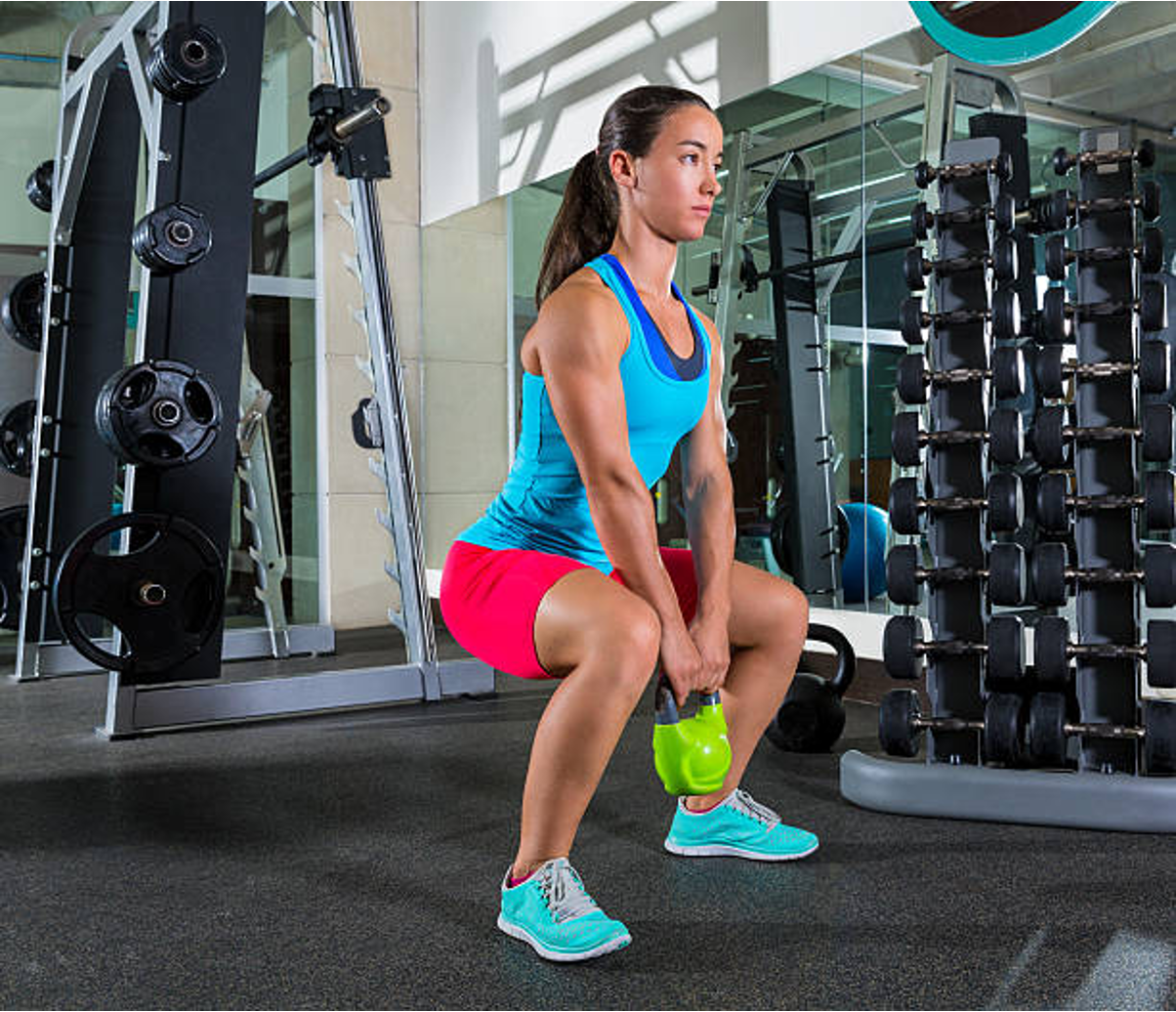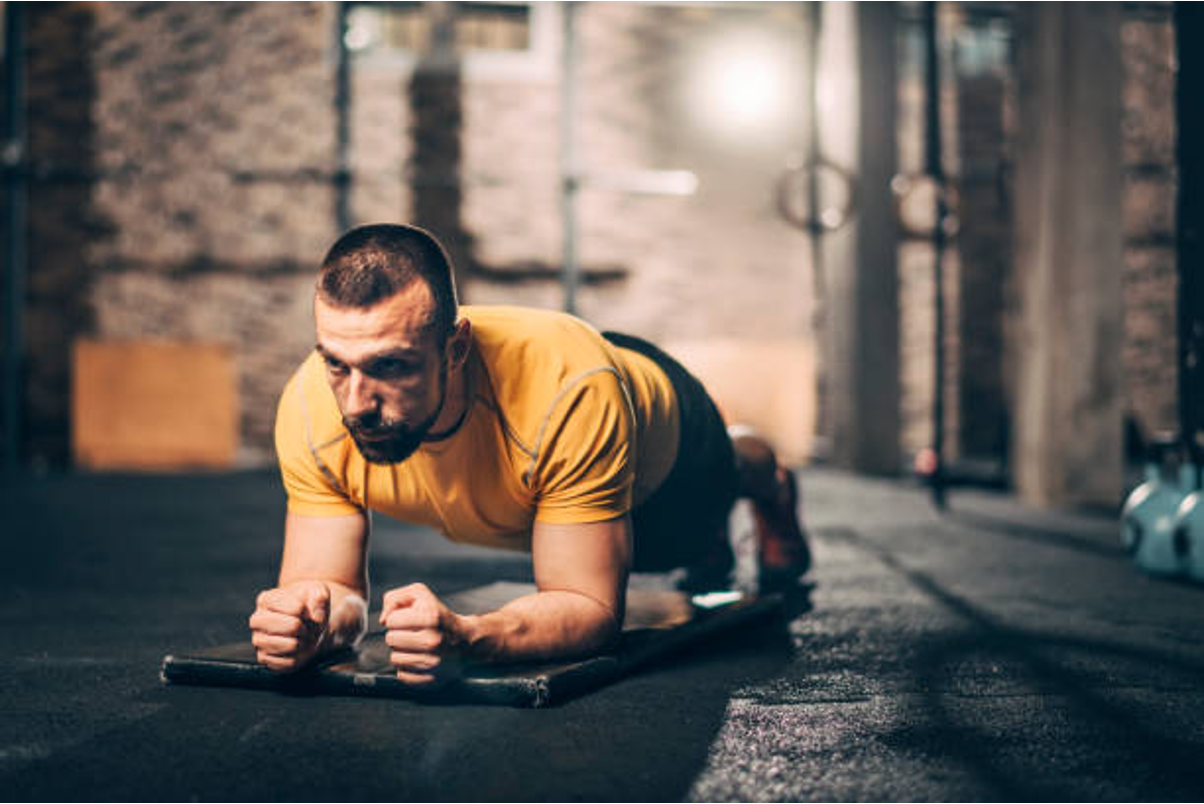Key Takeaways
- Pull ups require lifting your entire bodyweight and engage more stabilizer muscles, which makes them more challenging but potentially more effective for functional strength.
- Lat pulldowns offer greater control over resistance and are ideal for beginners or those who can't perform full pull ups yet.
- Both exercises primarily target the latissimus dorsi muscles but activate slightly different muscle recruitment patterns and ranges of motion.
- For optimal back development, incorporating both exercises into your routine may yield the best results rather than choosing one exclusively.
- SOLE's SRVO All-in-One Trainer provides both pull-up bar and adjustable resistance capabilities, creating the perfect home solution for mastering both exercises.
Pull Ups vs Lat Pulldowns: Which Builds a Better Back?
The debate between pull ups and lat pulldowns has raged in gyms worldwide for decades. Both exercises are powerhouse back builders, but they offer distinct advantages that might make one more suitable than the other depending on your goals, fitness level, and available equipment.
Pull ups require you to lift your entire bodyweight against gravity using a fixed bar, while lat pulldowns involve pulling a weighted bar down toward your chest while seated at a machine.
Although pull ups are one of the most challenging bodyweight exercises, requiring significant relative strength, lat pulldowns offer more accessibility and control. A beginner who can't yet perform a single pull up can start building the necessary strength using the lat pulldown machine with an appropriate weight.
This accessibility doesn't necessarily make lat pulldowns inferior; they provide consistent resistance throughout the movement and allow for precise progression by simply adjusting the weight stack.
|
Premium Home Gym Equipment with Award-Winning Quality! Complete Your Home Gym:
Why Choose SOLE: ✓ Commercial-grade quality for home use 30-Day Money-Back Guarantee: Love it or return it, no questions asked. |
Muscles Worked: How These Exercises Target Your Back

Both pull ups and lat pulldowns primarily target the same muscle groups, but with subtle yet important differences in activation patterns and intensities.
Primary Muscles: Latissimus Dorsi Activation
The latissimus dorsi, commonly known as the "lats," are the large, fan-shaped muscles that span the mid and lower back, creating that coveted V-taper physique when well-developed.
In both exercises, the lats function as the primary movers, responsible for shoulder adduction (pulling your arms down and in toward your body). Pull ups typically generate slightly higher activation in the lats compared to lat pulldowns when using equivalent resistance.
This increased activation likely stems from the additional stabilization required during pull ups and the natural arc of movement that occurs when your body moves through space rather than pulling a bar along a fixed path.
The variable resistance profile of pull ups also means the exercise becomes progressively more difficult as you pull higher, challenging the lats through their full range of motion.
Secondary Muscles Engaged
In addition to the lats, both exercises engage a symphony of supporting muscles throughout the upper body.
The rhomboids, trapezius, rear deltoids, teres major and minor, and infraspinatus all contribute to the pulling motion by stabilizing the shoulder blades and assisting with scapular retraction. The biceps and forearms work as synergists, helping to flex the elbow during the pulling phase.
Where these exercises differ significantly is in the activation of stabilizer muscles. Pull ups demand substantial activation from the core musculature, including the rectus abdominis, transverse abdominis, and obliques, to maintain body position throughout the movement.
Core Engagement Differences
The core engagement disparity between these exercises represents one of their most significant functional differences.
When performing pull ups, your entire core musculature activates to stabilize your body, prevent swinging, and maintain proper alignment throughout the movement. This creates what exercise scientists call "irradiation," when muscle tension in one area increases activation in surrounding muscles.
Conversely, lat pulldowns provide back support through the machine's seat, significantly reducing core activation requirements.
While this allows for greater focus on isolating the back muscles, it removes some of the functional and stabilizing benefits that pull ups provide.
Pull Ups: The Complete Breakdown

Pull ups build functional strength that translates to improved performance in various sports and daily activities.
Proper Form for Maximum Results
Perfect pull up execution begins with the setup. Grip the bar with your hands slightly wider than shoulder-width apart and your palms facing away from you (pronated grip).
Hang with your arms fully extended, shoulders engaged (not completely relaxed), and core braced. Initiate the movement by depressing your shoulder blades downward, thinking of "putting them in your back pockets" rather than simply pulling with your arms.
As you pull upward, maintain a slight hollow body position with ribs down and core engaged to prevent excessive arching in the lower back.
Focus on driving your elbows down and slightly back toward your hips; imagine squeezing a pencil between your shoulder blades at the top. The goal is to bring your chin over the bar, not just to it, ensuring full range of motion.
Progression Techniques for Beginners
If you can't yet perform a full pull up, don't be discouraged, everyone starts somewhere. The journey to your first pull up can be systematically approached through progressive overload and specific assistance exercises.
Begin with negative (eccentric) pull ups where you use a box or jump to get to the top position, then lower yourself as slowly as possible.
Band-assisted pull ups provide another excellent progression tool by offsetting a portion of your bodyweight. Loop a resistance band around the bar and place your foot or knee in the bottom loop, allowing the band to help propel you upward.
As you grow stronger, gradually decrease the band resistance by using thinner bands.
Lat Pulldowns: Mastering the Machine

The lat pulldown machine provides a controlled environment to develop back strength with precise resistance selection, making it invaluable for beginners and advanced lifters alike.
Correct Setup and Positioning
Proper lat pulldown setup begins with adjusting the knee pad to secure your lower body without excessive pressure.
Sit with feet flat on the floor, back straight but not forcibly arched, and grasp the bar with a grip slightly wider than shoulder-width. Before initiating the pull, establish the critical "pre-tension" by depressing your shoulder blades downward and slightly retracting them.
Pull the bar to your upper chest (not behind the neck, which can stress the cervical spine), driving elbows down and slightly back while maintaining a tall posture.
At the bottom of the movement, your elbows should be in line with or slightly behind your torso, creating maximum contraction in the lats.
How to Select the Right Weight
Finding the optimal weight for lat pulldowns depends on your training goals. For maximum strength development, select a weight that allows 4–6 controlled repetitions with perfect form.
For muscle hypertrophy (growth), a weight permitting 8–12 reps typically provides the ideal balance between mechanical tension and metabolic stress.
The key indicator of appropriate weight selection is form integrity; you should reach momentary muscular failure within your target rep range while maintaining proper technique throughout. Begin conservatively and increase weight gradually, prioritizing perfect execution over ego lifting.
Master Both Pull Ups and Lat Pulldowns with SOLE's SRVO All-in-One Trainer

The SRVO All-in-One Trainer eliminates the need to choose between pull ups and lat pulldowns by providing both training methods in one versatile home machine.
The SRVO All-in-One Complete Trainer and SRVO All-in-One Trainer provide the ultimate solution for complete back development, featuring an integrated multi-grip pull-up bar and adjustable resistance system that replicates professional gym lat pulldown mechanics.
The sturdy pull-up bar handles bodyweight training, band-assisted progressions, and weighted variations, while the dual air and magnetic resistance modes deliver smooth, controlled lat pulldown-style movements with precise load adjustment.
The SRVO's versatility means you can start with assisted pull up variations using resistance bands, progress to strict bodyweight pull ups as strength develops, and eventually advance to weighted pull ups using SOLE's SW180 Adjustable Dumbbells with a dip belt.
The multiple resistance modes allow you to perform lat pulldown movements with controlled tension that builds strength without requiring bodyweight capacity, which is perfect for beginners or high-volume training days.
Complement your SRVO training with the SW116 Weight Bench for inverted rows that build pulling strength, and the Equipment Mat for floor-based accessory work that supports your back development.
The SOLE+ App includes structured back training programs, which provide systematic progression through assisted variations, bodyweight mastery, and weighted challenges. No guesswork, just professional programming that ensures continuous improvement.
Ready to build impressive back strength? Check out the SOLE equipment collection today!
Frequently Asked Questions (FAQs)
Can lat pulldowns fully replace pull ups in my workout routine?
While lat pulldowns can effectively build back strength and muscle, they cannot completely replace the unique benefits of pull ups. Pull ups develop functional strength through unstabilized movement, engage more core musculature, and create greater overall neuromuscular coordination. For complete development, lat pulldowns work excellently as a supplemental exercise but lack the comprehensive strength-building stimulus of pull ups.
Which exercise builds wider lats faster?
Both exercises effectively build lat width when performed with proper technique and sufficient volume, but their effectiveness depends on individual factors. For beginners who cannot perform multiple strict pull ups, lat pulldowns will typically build width faster simply because they allow for adequate training volume and intensity. For intermediate and advanced trainees who can perform weighted pull ups, the greater overall muscle activation may produce superior width development.
How many pull ups should a beginner aim for before adding weight?
Before adding external load to pull ups, aim to perform at least 8–12 consecutive repetitions with strict form. This range indicates sufficient strength in the targeted muscles and supporting structures to safely handle additional resistance. Start conservatively with 5–10 pounds of added resistance, focusing on maintaining perfect technique as you adapt to the new stimulus.
Are pull ups more effective for overall back development than lat pulldowns?
Pull ups generally provide more comprehensive back development due to their greater demand on stabilizer muscles, increased range of motion, and the natural movement pattern they require. However, lat pulldowns offer advantages in targeting specific regions through grip and position modifications. The ideal approach combines both exercises to take advantage of their complementary benefits.
How does the SRVO All-in-One Trainer help me master both pull ups and lat pulldowns at home?
The SRVO All-in-One Trainer is the ultimate home solution for mastering both exercises, featuring an integrated pull-up bar for bodyweight and weighted pull up variations, plus adjustable resistance modes that replicate lat pulldown mechanics. The multi-grip pull-up bar accommodates wide-grip, narrow-grip, and neutral-grip variations for complete lat development. The dual air and magnetic resistance system provides smooth, controlled resistance for lat pulldown-style movements with precise load adjustment from beginner to advanced levels.




Leave a comment
This site is protected by hCaptcha and the hCaptcha Privacy Policy and Terms of Service apply.